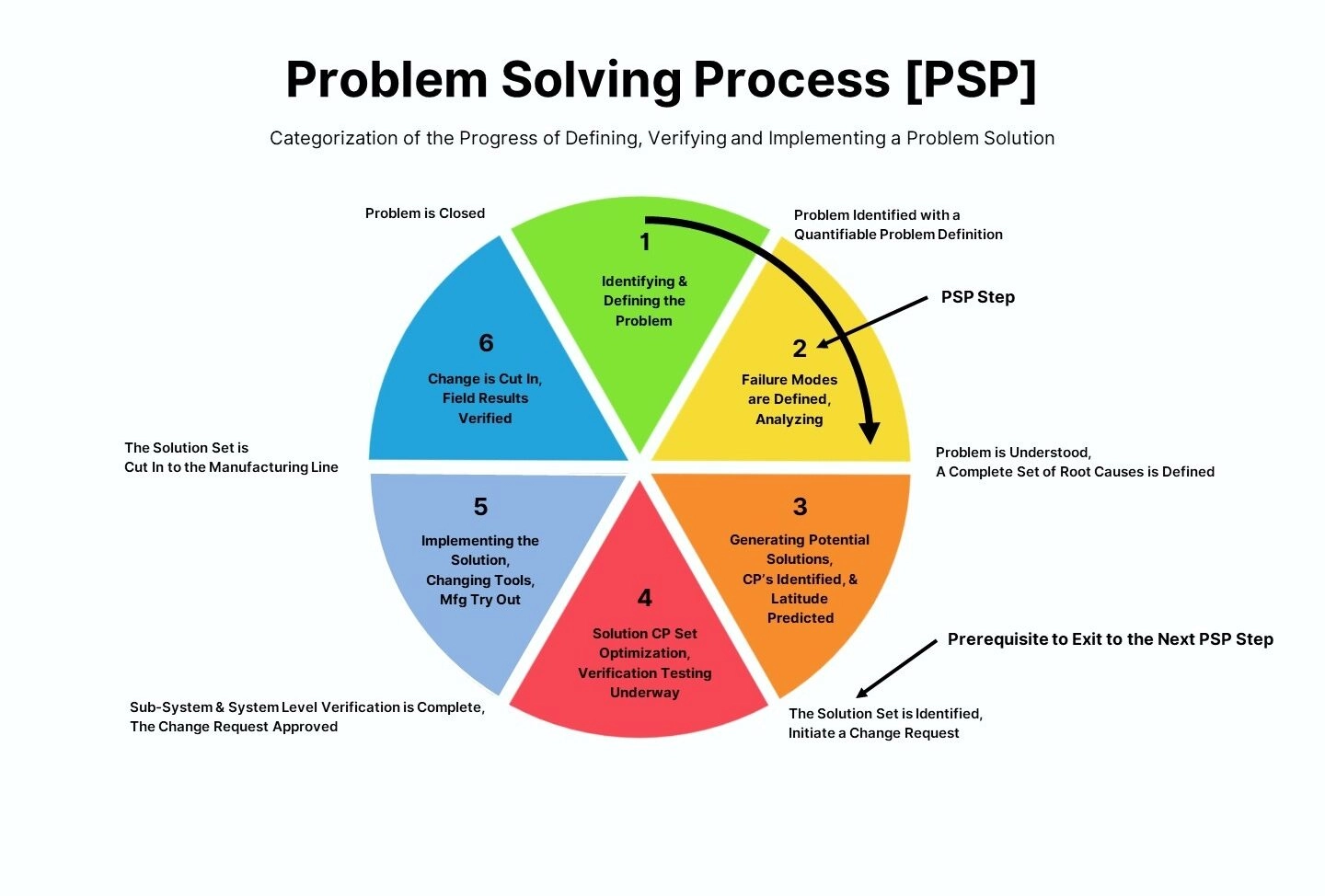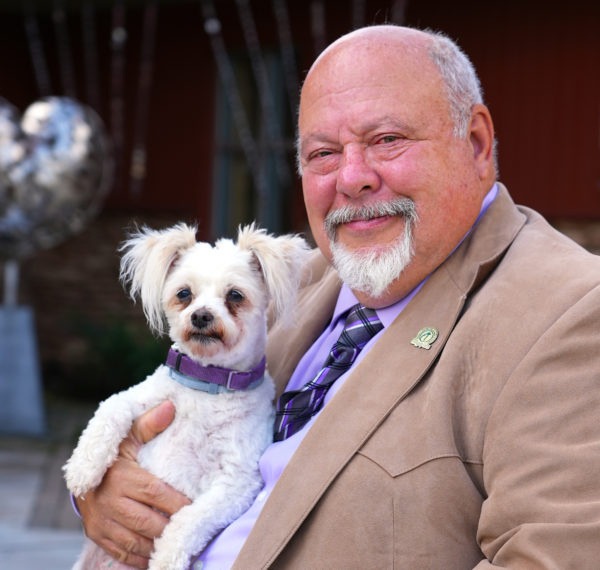Leveraging the Why-Why-Why Technique
In today’s fast-paced and competitive engineering environment, quick and effective problem-solving is essential to maintaining operational excellence, driving innovation and capturing market share. The Problem-Solving Process (PSP) provides a structured approach to addressing complex engineering problems, from identifying and defining problems to selecting, implementing and verifying solutions. By utilizing the Why-Why-Why Technique, engineers can dig deeper into issues to uncover the root causes, leading to more robust and sustainable solutions. This method improves the problem-solving capabilities of engineering teams, ensuring that challenges are addressed comprehensively and systematically, resulting in successful outcomes for various engineering projects. “Fix it Once, Fix it Right!”
Let’s look at it with a simple case study.
Step 1: Identify and Define the Engineering Problem
Let’s assume we have designed a new electronic device enclosure. During testing, it was found that the device overheats, causing performance degradation and potential damage to internal components.
Problem Definition: The specifications require the device to operate within a temperature range of 0°C to 50°C, but it overheats, currently reaching temperatures of up to 70°C under normal operation
Step 2: Analyze Possible Failure Modes in the Engineering System
Failure Modes Analysis: Engineers analyzed the enclosure design and identified several contributing root causes that gave rise to the overheating issue:
- The power consumption of internal components generates heat.
- Inadequate enclosure ventilation leads to poor heat dissipation.
- Heat sink orientations and locations are not optimum for cooling.
- Poor thermal conductivity materials are used in the enclosure.
Using the Why-Why-Whys Technique,
Continue to ask Why until you reach the Root Cause, don’t be fooled by Symptoms!
Why is the device overheating? Because the internal temperature exceeds the safe operating range.
Why does the internal temperature exceed the safe range? Because the heat generated internally is not dissipating efficiently.
Why is heat not dissipating efficiently? Because the enclosure lacks adequate ventilation.
Why does the enclosure lack adequate ventilation? Because the design did not include sufficient vents or cooling mechanisms.
Why did the design not include sufficient cooling mechanisms? Because the initial design focused more on aesthetics, noise levels and compactness rather than thermal management.
Step 3: Generate and Analyze Potential Solutions through Creative Thinking Potential Solutions:
- Use additional heat sinks and thermal conductive materials to enhance heat transfer and dissipation.
- Orient the finned heat sinks to take advantage of natural convection.
- Redesign the enclosure to include additional vents for convective cooling, for both cool air in and heated air out.
- Add an active cooling system (e.g., small fans) to supplement natural convective cooling.
- Optimize the power consumption of internal components to reduce heat generation.
- And, if necessary, incorporate phase change materials, taking advantage of the thermal duty cycle and PCM’s ability to absorb, store and release heat over time.

Step 4: Solution Set Critical Parameters Optimization and Verification Testing:
Analysis led the engineering team to redesign the enclosure to include additional vents and integrate a small, efficient fan for active cooling. They oriented the finned heat sinks to take optimum advantage of both the natural and forced air flow within the enclosure. They also replaced some internal materials with better thermal conductors.
Sequential Validation:
Bench Fixture Testing: The new enclosure design was tested in a controlled worst case environment to measure temperature changes and ensure the cooling system functions correctly.
Sub-System Testing: The enclosure was tested as part of a larger assembly to ensure it interacts well with other components.
Full System Testing: The complete device, with the new enclosure, was tested in real-world conditions to verify overall performance.
These tests showed a significant reduction in the operating temperatures, keeping the device well within the safe range of 0°C to 50°C.
Step 5: Implementation of Changes and Manufacturing Try Out:
Once all of the enclosure changes were successfully validated, tooling was modified, assembly fixtures updated and the new enclosure assembly was tried out in the production environment. The production team was trained on the new assembly procedures and quality control processes were updated to ensure consistent implementation of the new design.
Step 6: The Change is Cut-In, introduced into the Field and the Performance is Monitored:
Field performance is continually monitored to confirm that the Problem is Resolved.
In Summary:
By following the Problem-Solving Process (PSP) and leveraging the Why-Why-Why technique, we effectively identified the root cause of the overheating issue and implemented a sustainable solution. This structured approach ensured that the problem was comprehensively addressed and quickly resolved, leading to the improved performance and reliability of the electronic device.
AUTHOR

Henry T. Bober
Subject Matter Expert, Srushty Global Solutions
A seasoned expert in Mechanical Design Engineering with 40 years of experience at Xerox Corporation, where he specialized in Product Development and Integration, Cost-Effective Design, Project Management, Technology Development, and Product Architecture. Holding a Bachelor’s degree from West Virginia University and a Master’s degree from the University of Rochester, Henry has been instrumental in Media Handling and Feeder Technology Development, amassing 30 US and 5 European patents. Post-retirement, he founded Fast Forward Engineering, consulting for industries such as copiers, ATMs, and medical devices, with clients including Xerox, Diebold, NCR, Siemens Medical Products, Abiomed, Sycamore Hill Designs, and Impossible Objects. Henry is currently a Subject Matter Expert at Srushty Global Solutions. Residing in Fairport, NY, with his wife Leslie and their numerous pets, he enjoys Western-style horse riding, Japanese garden landscaping, woodworking, studying naval warfare history, and advocating for animal welfare.







